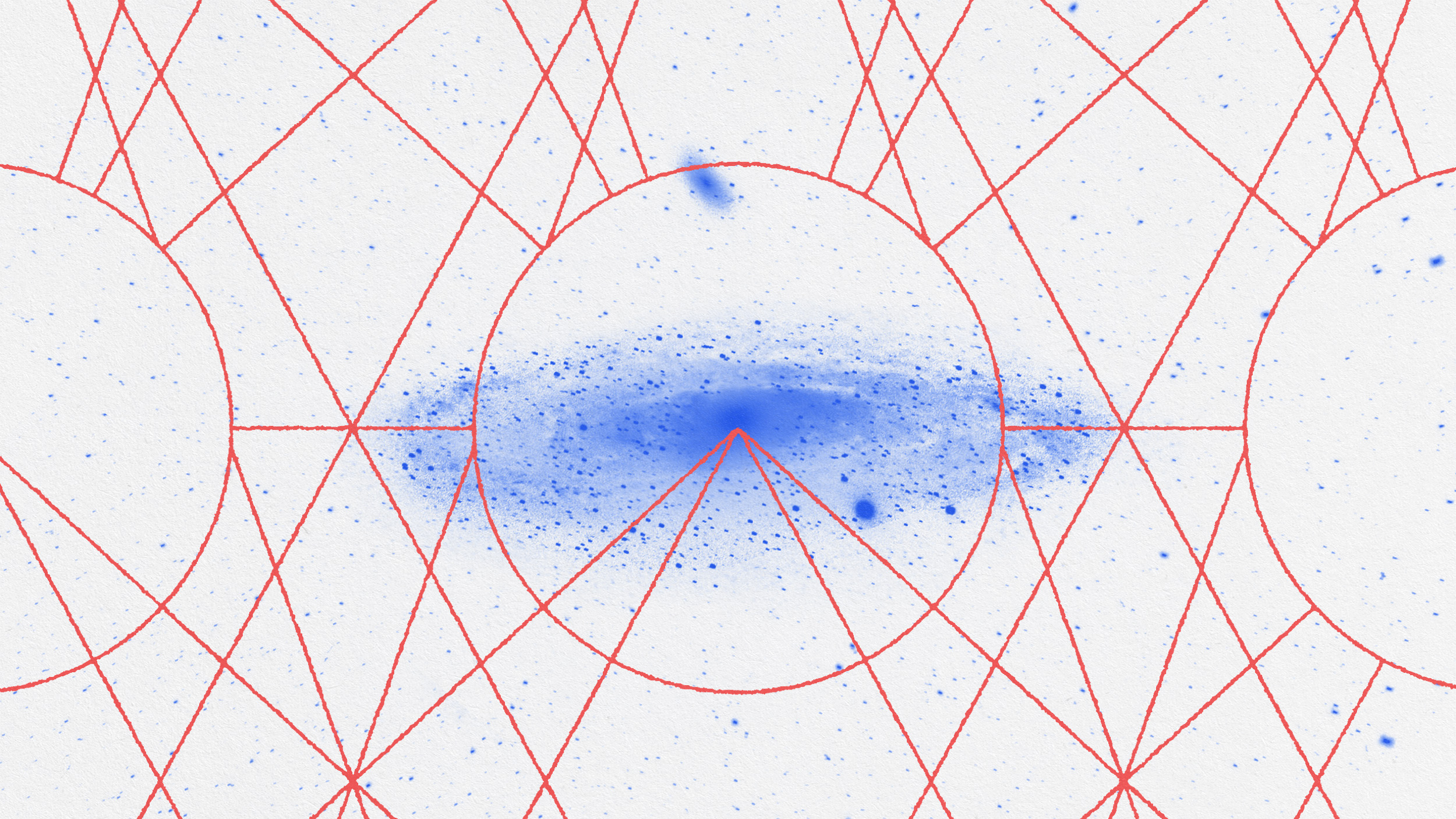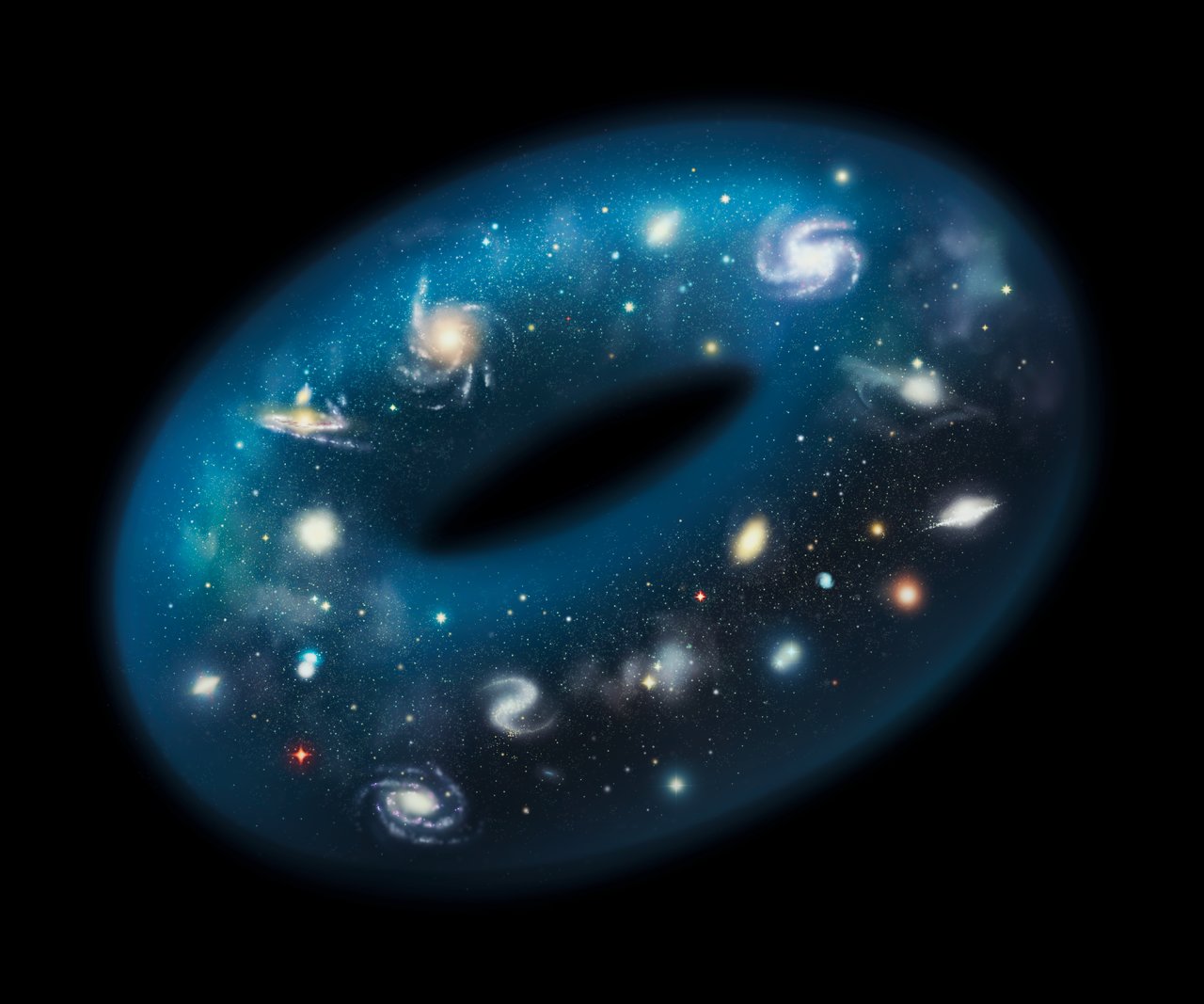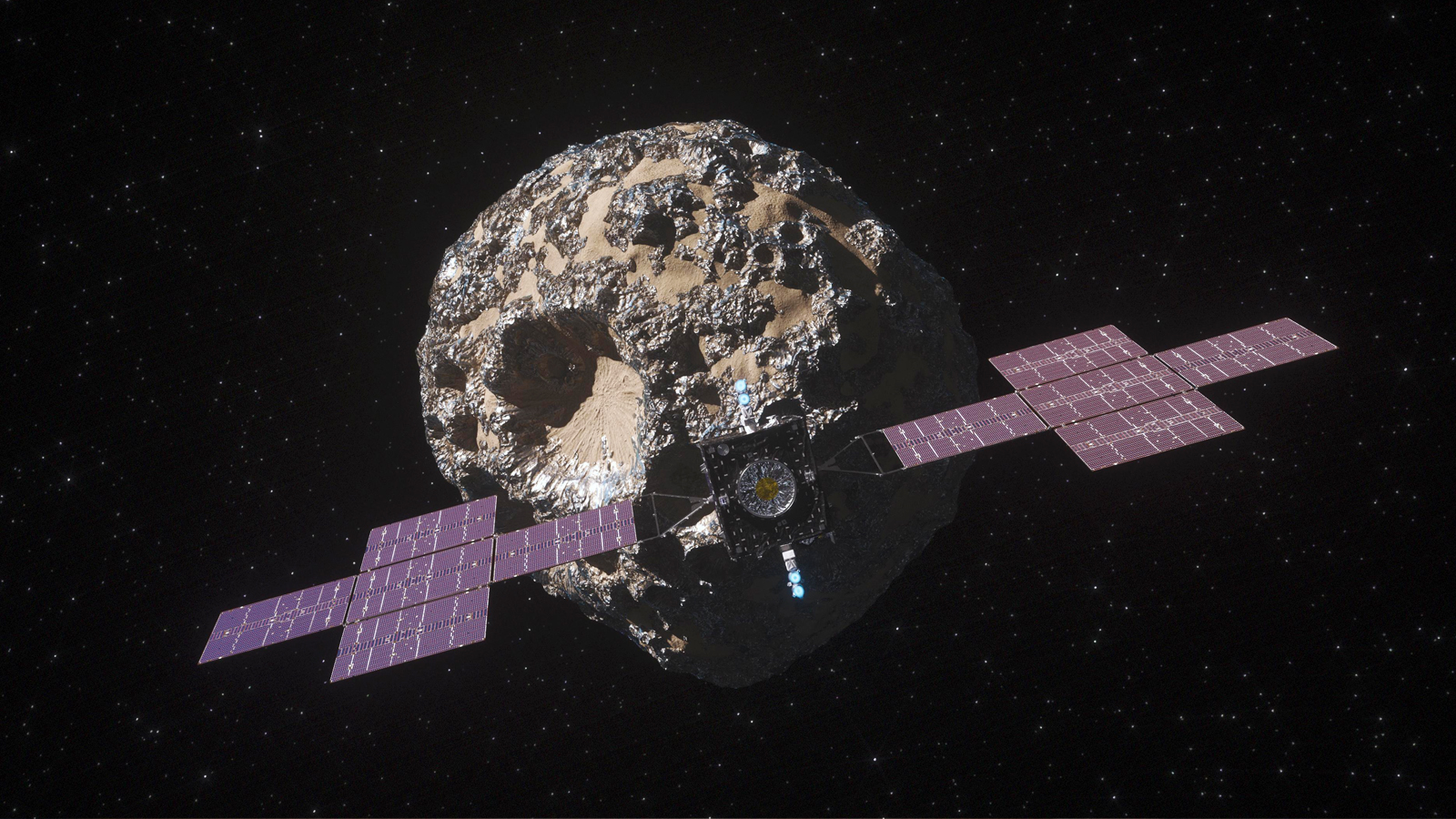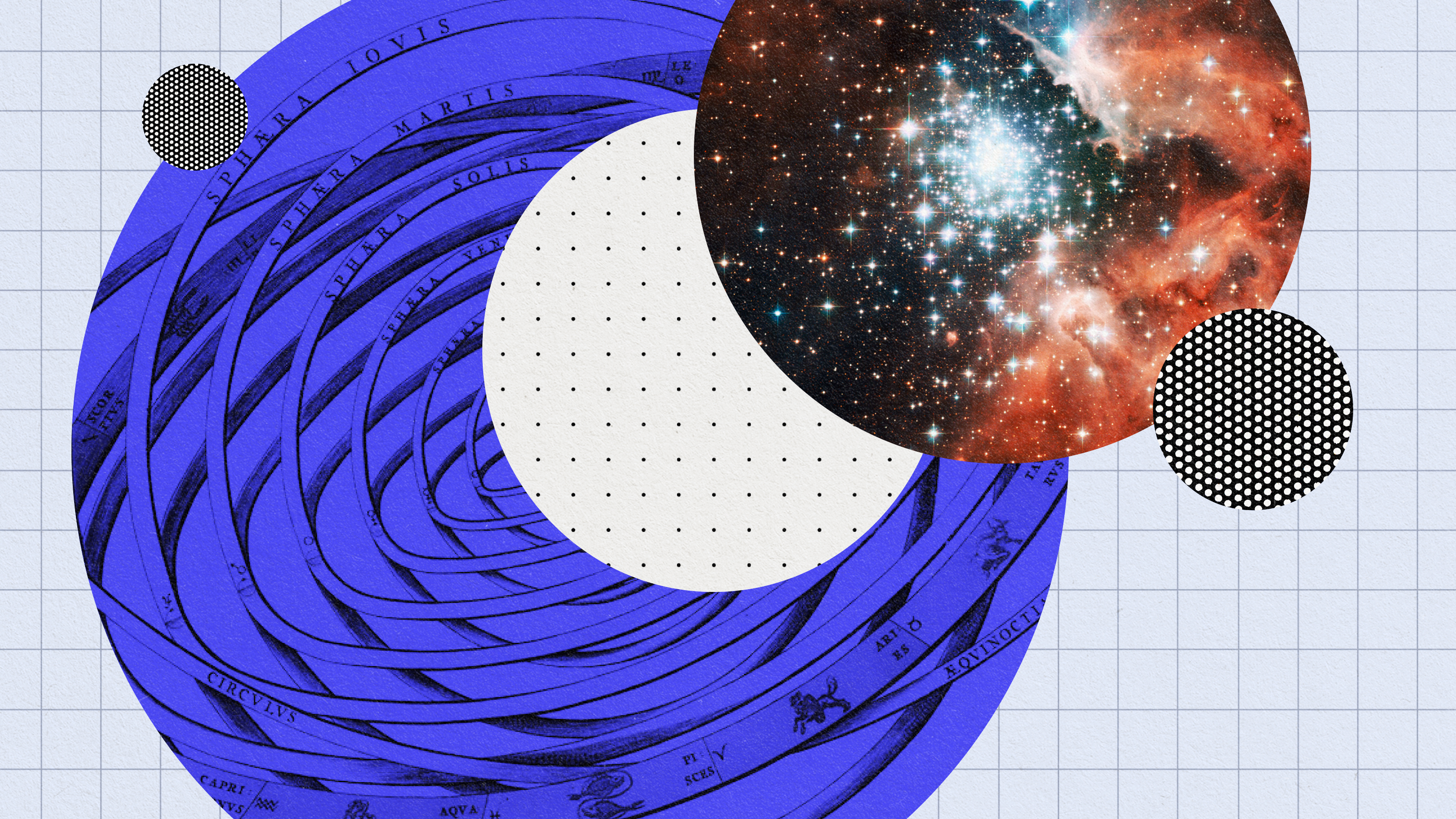NASA will use energy from Earth’s gravity to launch the Lucy spacecraft in October of this year.
Search Results
You searched for: gravity
Albert Camus was a Franco-Algerian philosopher with some great insights on the meaning of life, why you should look to this life and not the next, and why suicide is a poor choice.
SpinLaunch will cleverly attempt to reach space with minimal rocket fuel. But will physics prevent a full-scale version from succeeding?
New technology is helping physicists move forward in the search for the Theory of Everything.
Extremely precise atomic clocks are not just of theoretical interest; they could help detect impending volcanic eruptions or melting glaciers.
The standard model of cosmology has a big new problem: Some galaxies seem to be too old.
The Universe isn’t just expanding, the expansion is also accelerating. If that’s true, how will the Milky Way and Andromeda eventually merge?
Despite the enormous mass of the Earth, simply depleting our groundwater is changing our axial tilt. Simple Newtonian physics explains why.
Neuroscientist and author Bobby Azarian explores the idea that the Universe is a self-organizing system that evolves and learns.
The transformational change driven by AI will elevate neurodiversity inclusion as an organizational asset, argues Maureen Dunne.
With a massive, charged nucleus orbited by tiny electrons, atoms are such simple objects. Miraculously, they make up everything we know.
It may be time for a cosmological paradigm shift.
Back in the 1930s, Fritz Zwicky postulated the existence of dark matter. No one took it seriously until Vera Rubin’s work: 40 years later.
An annular eclipse is coming to Earth on October 14, 2023. Six months later, a total solar eclipse is headed our way. Here’s the reason why.
Holograms preserve all of an object’s 3D information, but on a 2D surface. Could the holographic Universe idea lead us to higher dimensions?
Besides offering an incredibly cool way to get stuff into space, SpinLaunch promises to reduce the cost of a launch by 20-fold.
In theory, the fabric of space could have been curved in any way imaginable. So why is the Universe flat when we measure it?
For thousands of years, we puzzled at how far away the Moon was. Today we know its distance, at any time, to within millimeters.
If you can model anything in the Universe with an equation, mathematics is how you get the solution(s). Physics must go a step further.
Even with only 12.5 hours of exposure time, James Webb’s first deep-field image taught us lessons we’ve never realized before.
Historian Timothy Snyder talks with Big Think about how true liberty requires both negative and positive freedoms.
If you want a medication to kick in faster, lean right.
The stars, planets, and many moons are extremely round. Why don’t they take other shapes?
This oddball system of three stars might be our best chance at finding nearby life in the Universe.
If you look into a mirror, you’ll notice that left-and-right are reversed, but up-and-down is preserved. The reason isn’t what you think.
Whether you call it 10 quintillion, 10 million trillion, or 10 billion billion, it’s a 1 followed by 19 zeroes.
Sun-like stars live for around 10 billion years, but our Universe is only 13.8 billion years old. So what’s the maximum lifetime for a star?
The multiverse pushes beyond the limits of the scientific method. From our vantage point in the Universe, we cannot know if it’s real.
If you don’t mourn in North Korea, you risk being executed.
A new paper combines two concepts from the edges of astrophysics: Dyson Spheres and black holes. A Type III civilization could combine them.




























